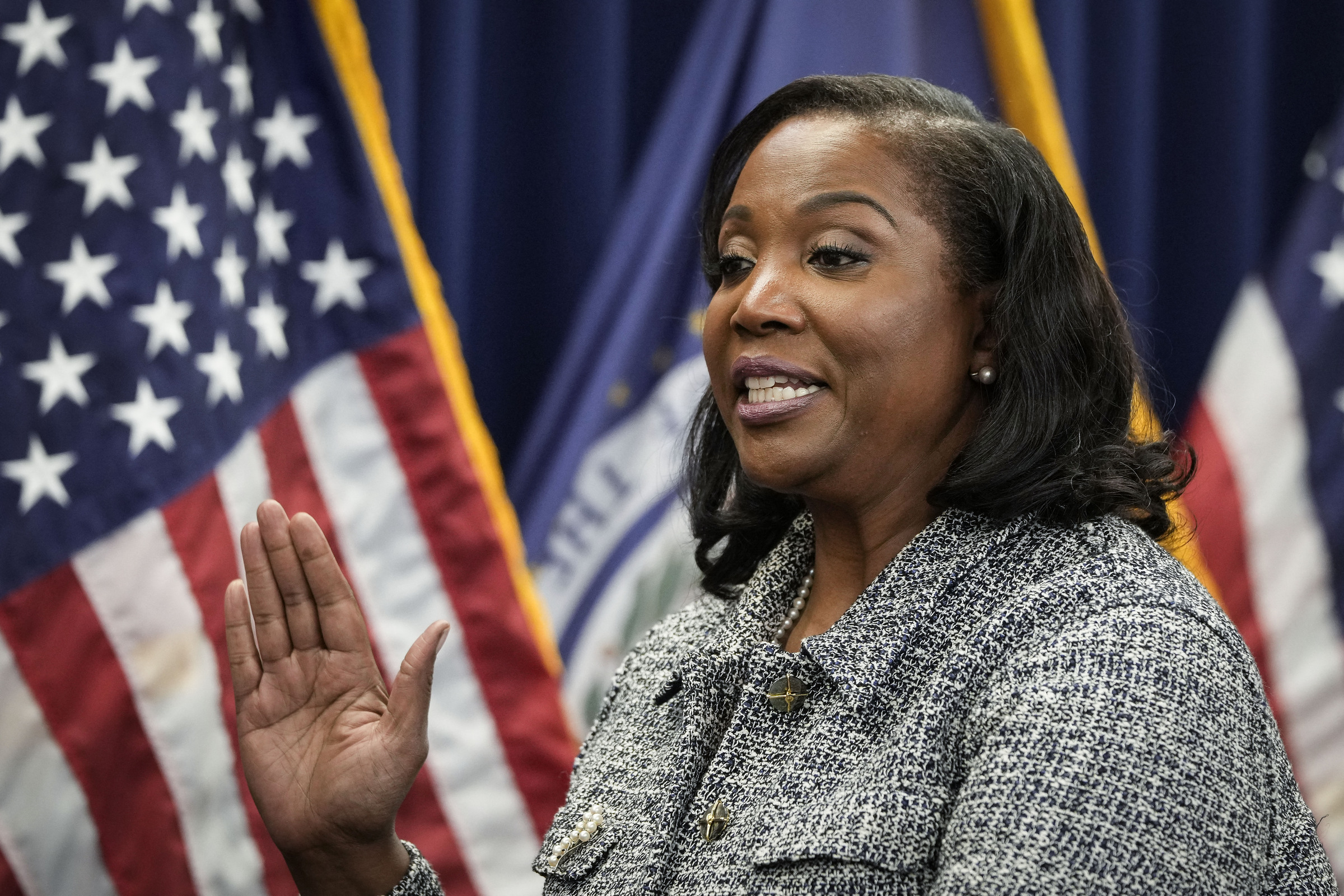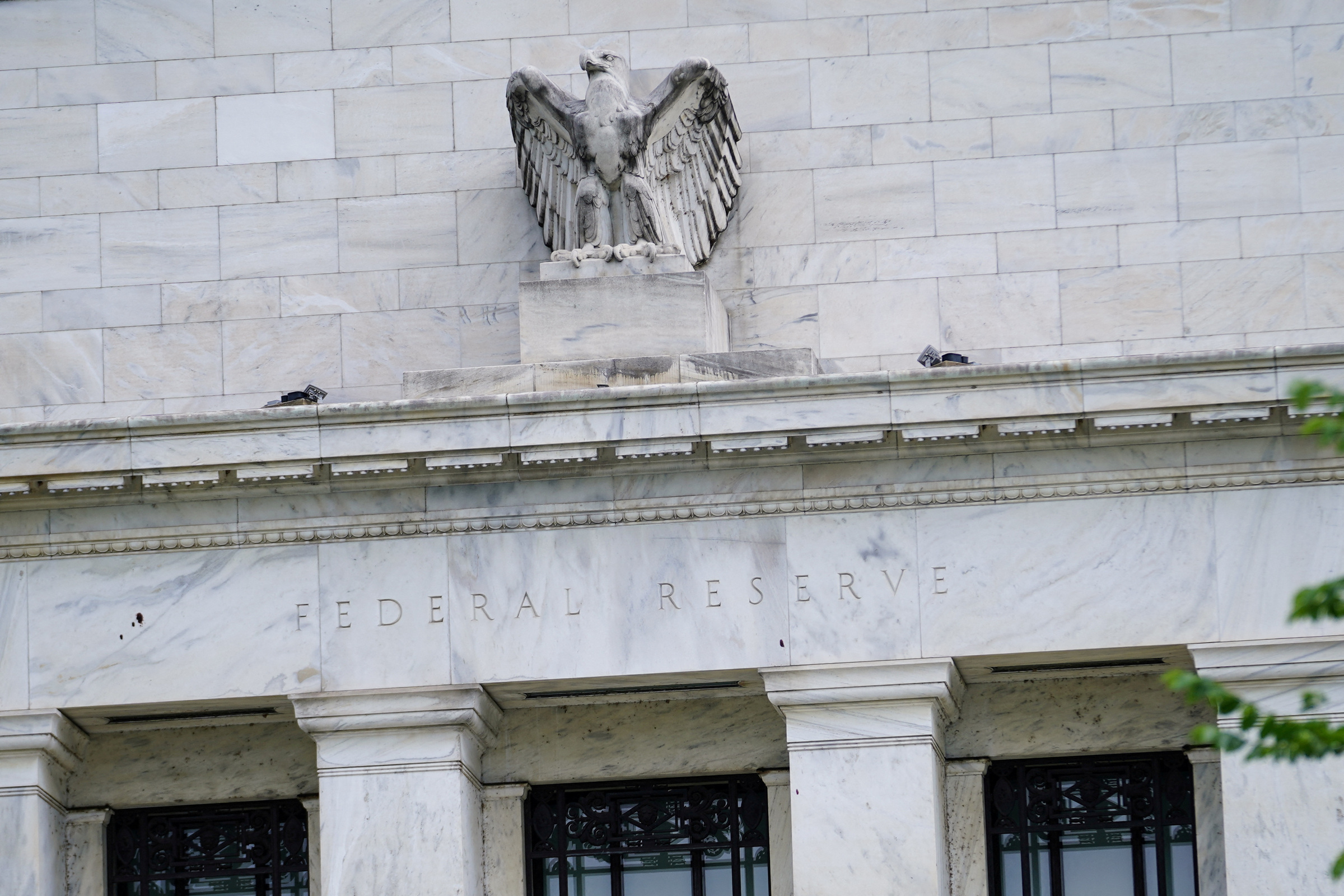On 25/8, former President Donald Trump announced the dismissal of Federal Reserve (Fed) Governor Lisa Cook, effective immediately. The reason stemmed from a request to prosecute Cook for "mortgage fraud" that Federal Housing Finance Agency (FHFA) Director Bill Pulte sent to the Department of Justice.
Cook was one of seven members of the Fed's Board of Governors. This was the first time in the Fed's 112-year history that a president attempted to remove a governor. She denied the allegations, stating that Trump did not have the authority to dismiss her and would file a lawsuit. According to Cook, the accusations were merely a pretext for the true goal of gaining control of the Fed.
The Associated Press (AP) assessed the Fed's independence as hanging "by a thread". The former president and administration officials made no secret of their desire to exert greater control over the agency. Trump repeatedly demanded that the Fed cut interest rates to as low as 1.3%, from the then-current 4.3%.
 |
Lisa Cook is sworn in as Fed Governor in 5/2022. Photo: AFP |
Lisa Cook is sworn in as Fed Governor in 5/2022. Photo: AFP
Before attempting to dismiss Cook, Trump repeatedly attacked Fed Chair Jerome Powell for not lowering interest rates and also threatened to fire him. "We'll soon have a majority, and that's good," Trump said the previous week, alluding to the fact that if he could replace Cook, his appointees would control the Fed's Board of Governors, with a 4-3 voting majority.
The Fed makes interest rate decisions through a committee of seven governors, including Powell and 12 regional Fed presidents, such as those from the New York Fed, Kansas City Fed, and Atlanta Fed. Five of these 12 presidents have voting rights on interest rates at each meeting. For example, the New York Fed president has a permanent voting right, while the other four vote on a rotating basis.
The boards of directors of the regional Feds select their own presidents. However, the Fed's Board of Governors in Washington can veto these selections.
Jon Faust, an economist at Johns Hopkins University and former advisor to Powell, believes the former president's attacks on the Fed were escalating. "From my perspective, the Fed's independence is truly threatened," he said.
Why are many experts concerned about this? The Fed holds immense power over the US economy. By cutting short-term interest rates, which is typically done when the economy weakens, they can help lower borrowing costs, encourage hiring and increased spending, thereby stimulating growth. When inflation rises, they can reverse this policy, but this carries the risk of weakening the economy and causing job losses.
Most economists have long advocated for protecting the Fed's independence because the agency can make decisions that benefit the economy but are sometimes unpopular, something that officials often avoid. Research indicates that countries with independent central banks tend to have lower inflation over time.
For example, in Turkey, President Recep Tayyip Erdogan forced the central bank to keep interest rates low in the early 2020s, even as inflation soared to 85%. In 2023, Erdogan allowed the central bank more autonomy, helping to curb inflation. The country's short-term interest rate is currently at 46%.
Previous US presidents have also pressured the Fed. President Lyndon Johnson pressured Fed Chair William McChesney Martin to keep interest rates low in the 1960s as he increased military spending and implemented poverty reduction programs. President Richard Nixon also prevented Fed Chair Arthur Burns from raising interest rates in the lead-up to the 1972 election. Both instances led to persistent high inflation in the 1960s and 1970s.
In addition to the "no inflation" argument, former President Trump argued that the Fed should lower interest rates to help the federal government reduce interest payments on its $37 trillion national debt. However, this is not the agency's mandate, as it is tasked with focusing on keeping inflation and unemployment low.
 |
A view of the Federal Reserve building in Washington, D.C., on 14/6/2022. Photo: Reuters |
A view of the Federal Reserve building in Washington, D.C., on 14/6/2022. Photo: Reuters
Some economists believed the Fed should cut interest rates more quickly, but almost none agreed with Trump that they should be reduced by 3%. More recently, Powell left open the possibility of a 0.25% cut in September.
Douglas Elmendorf, an economist at Harvard University and former director of the Congressional Budget Office, stated that Trump's demand for a 3% interest rate cut would overstimulate the economy, pushing consumer demand beyond production capacity and fueling inflation, similar to what happened during the pandemic. "If the Fed were under the president's control, we would face higher inflation for years to come," Elmendorf said.
While the Fed controls short-term interest rates, financial markets determine long-term borrowing costs for mortgages and other loans. If investors fear that inflation will remain high, they will demand higher yields on government bonds, pushing borrowing costs across the economy higher.
Of course, the president has some influence over the Fed through the ability to appoint members to the Board of Governors, subject to Senate approval. But the agency was established to avoid short-term political pressures. Fed governors are appointed to staggered 14-year terms to ensure that no single president can appoint too many members.
Jane Manners, a law professor at Fordham University, explained that the reason Congress decided to create independent agencies like the Fed was because they preferred "decisions made from an objective, neutral perspective based on expertise rather than subject to political pressure."
However, some officials in the Trump administration were dissatisfied with the Federal Reserve's current operations. In an interview with USA Today, Vice President JD Vance questioned how seven economists and lawyers at the Fed could make immensely important decisions for the American people without any democratic participation, meaning the presidential administration elected by the people.
The previous year, senior White House economic advisor Stephen Miran wrote a research paper advocating for restructuring the Fed, including making it easier for the president to dismiss governors. According to Miran, the overall goal is an independent central bank that benefits the economy but also maintains "the level of accountability that a democratic society demands." Trump recently nominated Miran to the Fed's Board of Governors to replace Adriana Kugler, who unexpectedly resigned on 1/8.
The Fed's future is expected to remain turbulent. Former President Trump shifted his focus from criticizing Powell personally to targeting the agency's structure. In 2/2026, 12 regional Fed presidents will need to be reappointed and approved, leading to potential tension if the Fed's Board of Governors rejects one or more candidates.
"The dangerous scenario is interference in the reappointment of regional Fed presidents, a signal that things are truly out of control," commented Adam Posen, president of the Peterson Institute for International Economics.
Phien An (according to AP)












